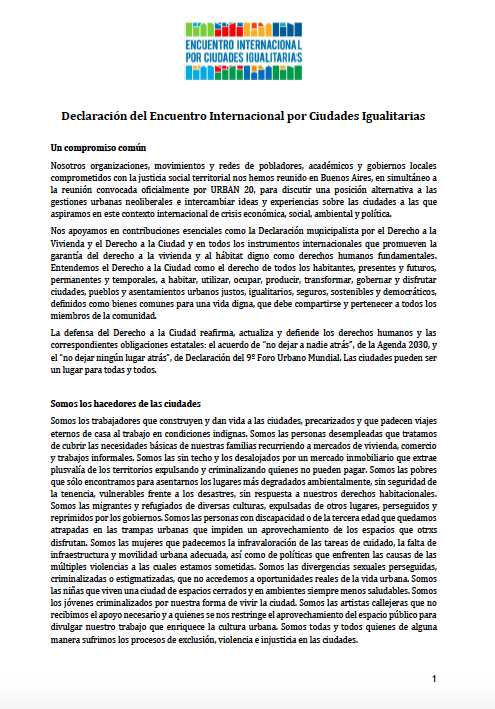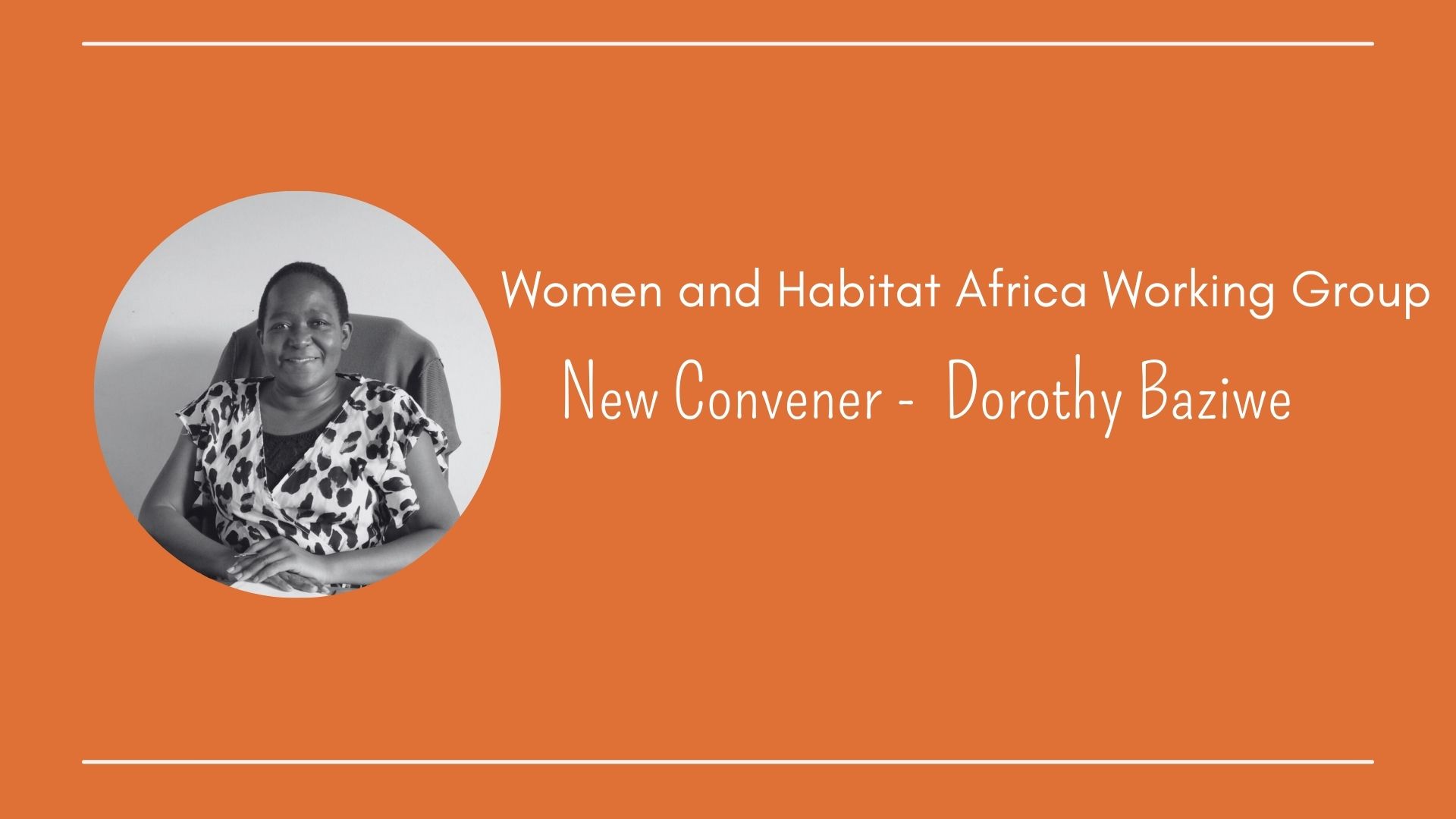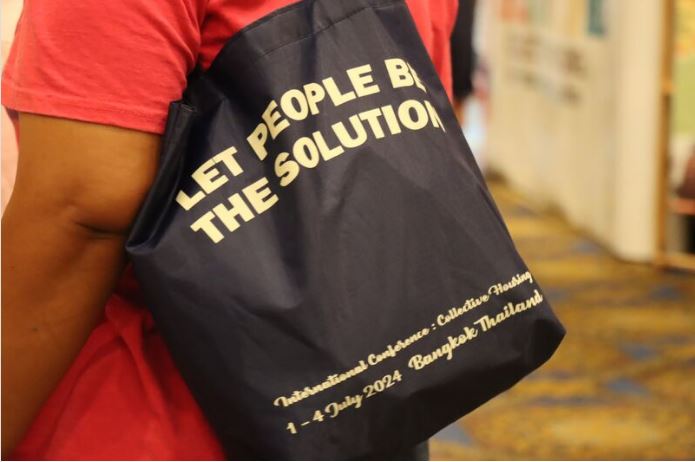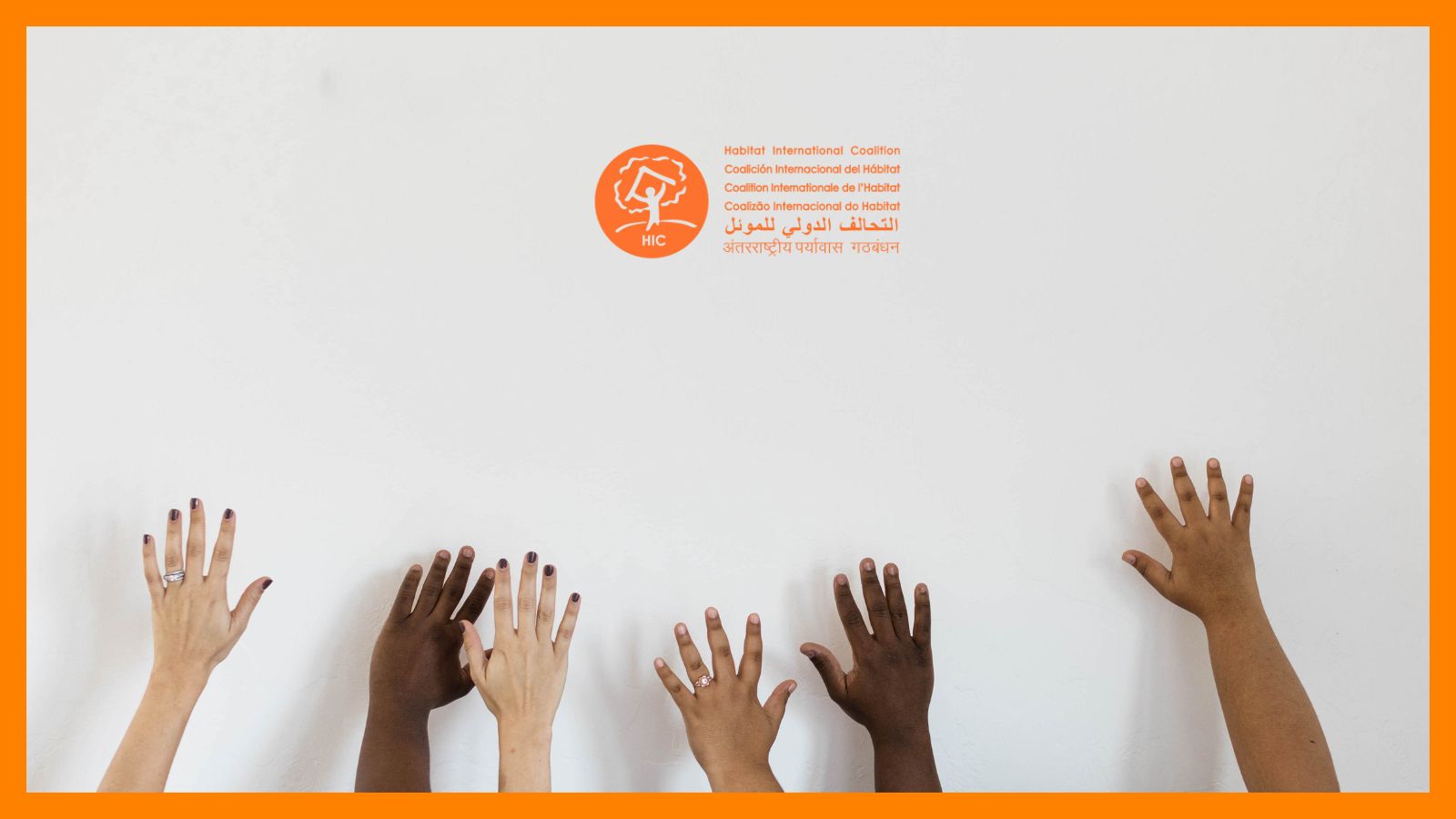CONTENTS
Part 1: The Current Context of Crisis, its Roots and its Opportunities for Change
Part 2: A Rescue Plan for the Polycentric City: New Transportation & Landuse Policies
Part 3: Soft Proposals: Reuse, Community, Communal Space and Everyday Life
Part 4: The City of Hope: How to Make it
The urban dimension of the crisis is not peripheral, but central to the model of social and economic organization that led to the current massive default in finance, in consumption, in production, and in employment. Indeed, the trigger of the crisis was the crumbling of the housing mortgage market as a result of the high risk lending practices, the so-called subprime loans. Moreover, these unsecured mortgages were used as collaterals for other financial products, particularly for synthetic securities developed by financial institutions in a context of loose regulation and lack of transparency. Thus, when the real estate bubble burst and mortgage market started to default the crisis in housing finance spread to the entire financial system because of the over-exposure of lending institutions and their insurers. With the largest financial institutions in a state of technical bankruptcy that forced massive government intervention to bail them out, lending stopped for all practical purposes.
To read the paper, just clik here




